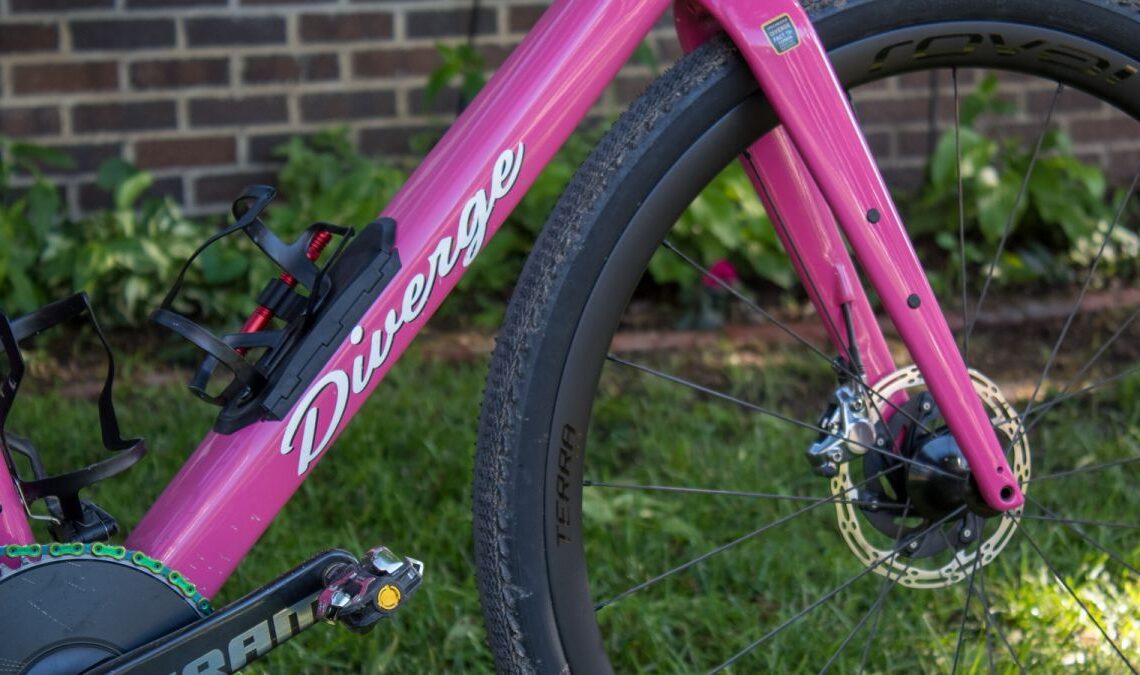For a short moment I’m going to let you be a fly on the wall at a Cyclingnews content meeting. Picture the scene: It’s the best cycling journos in the game (I was absent, though I decided not to take that as a comment on my professional ability), and we’re thinking about how we’re going to cover Unbound Gravel for 2023:
“Maybe if we found someone with a geology degree we could get them to explain the different kinds of gravel you get at races and how it affects equipment choices?”
It took my editor until the end of the meeting to remember that I have a geology degree, a master’s in mining, and 10 years of experience in the mining industry, including a stint in gravel extraction. At that point, he suggested that we might have someone with the right CV on the team already.
Here we are then. I’m going to give you a crash course in why geology is really what underpins riders’ equipment choices for the biggest gravel races of the year. It’s the foundation of every great bike race the world over, from the Flint Hills and rolling roads of Kansas, through the white roads of Tuscany at Strade Bianche, to the monumental climbs in the Alps and the Pyrenees at the Grand Tours.
Because I don’t live in the US, I enlisted the help of former Unbound winner Ian Boswell, who very kindly gave me his professional opinion on things as someone who is riding these races to win.
What is gravel?
Technically speaking, gravel is simply a size fraction. It can be made of absolutely anything, as long as it’s between 2mm and 60mm in diameter. Beyond this it’s a ‘cobble’, meaning the cobbled roads of Paris-Roubaix are accurately named for the most part. If they stray over 20cm it’s a boulder, but at that point, we’re all thinking MTB, right?
Below gravel, more importantly for most of us, we’ve got sand, silt, and clay. Sand gets down to 0.06mm, and below that, it’s fine enough to start gumming together when wet and really clogging your drivetrain.
Why does this matter for your equipment though? The most obvious reason is tyre choice.
Depending on your mix of sand, clay, and actual gravel, you’re going to want different tyre treads, widths, and casings. It’ll dictate to some degree whether you add more sealant too, just in case, or risk it with less. It’ll also dictate gearing; if the landscape…
Click Here to Read the Full Original Article at CyclingNews RSS Feed…

